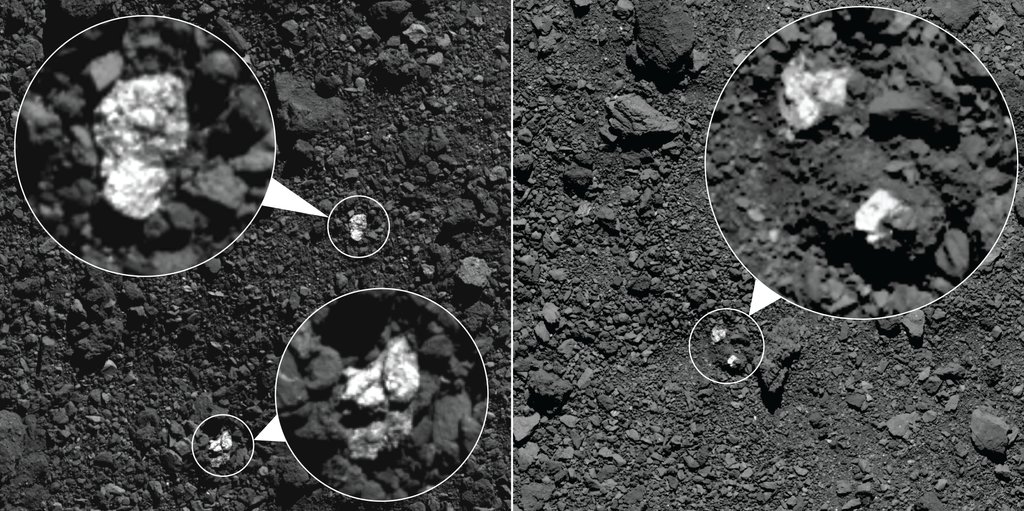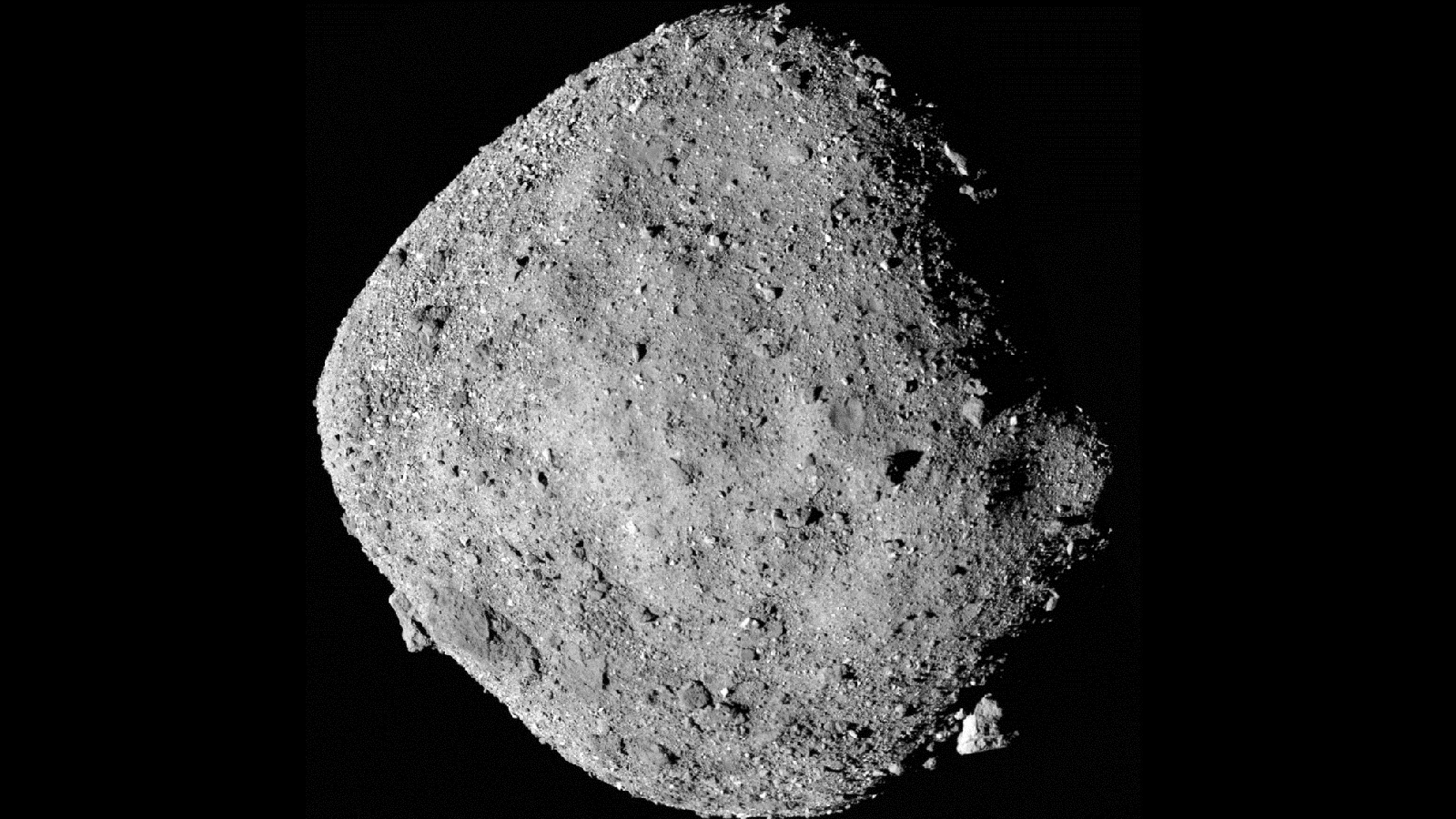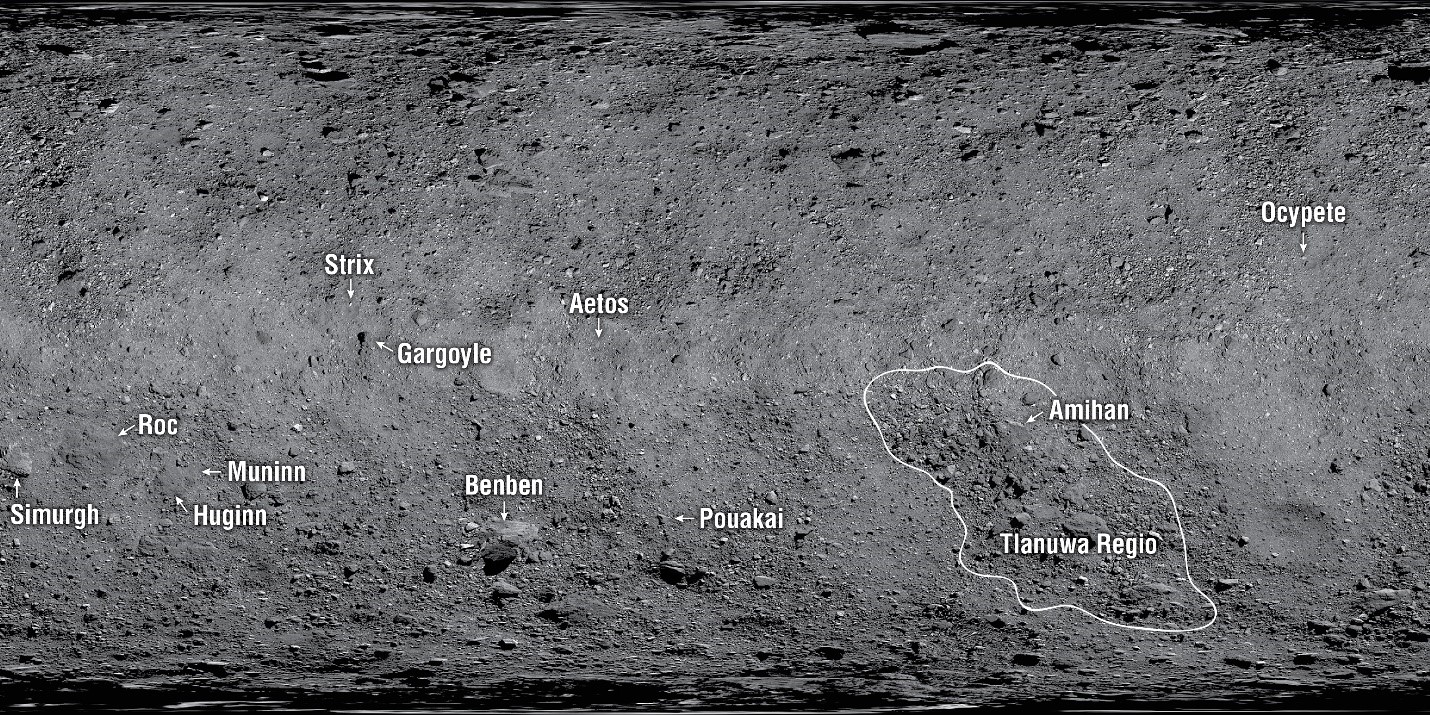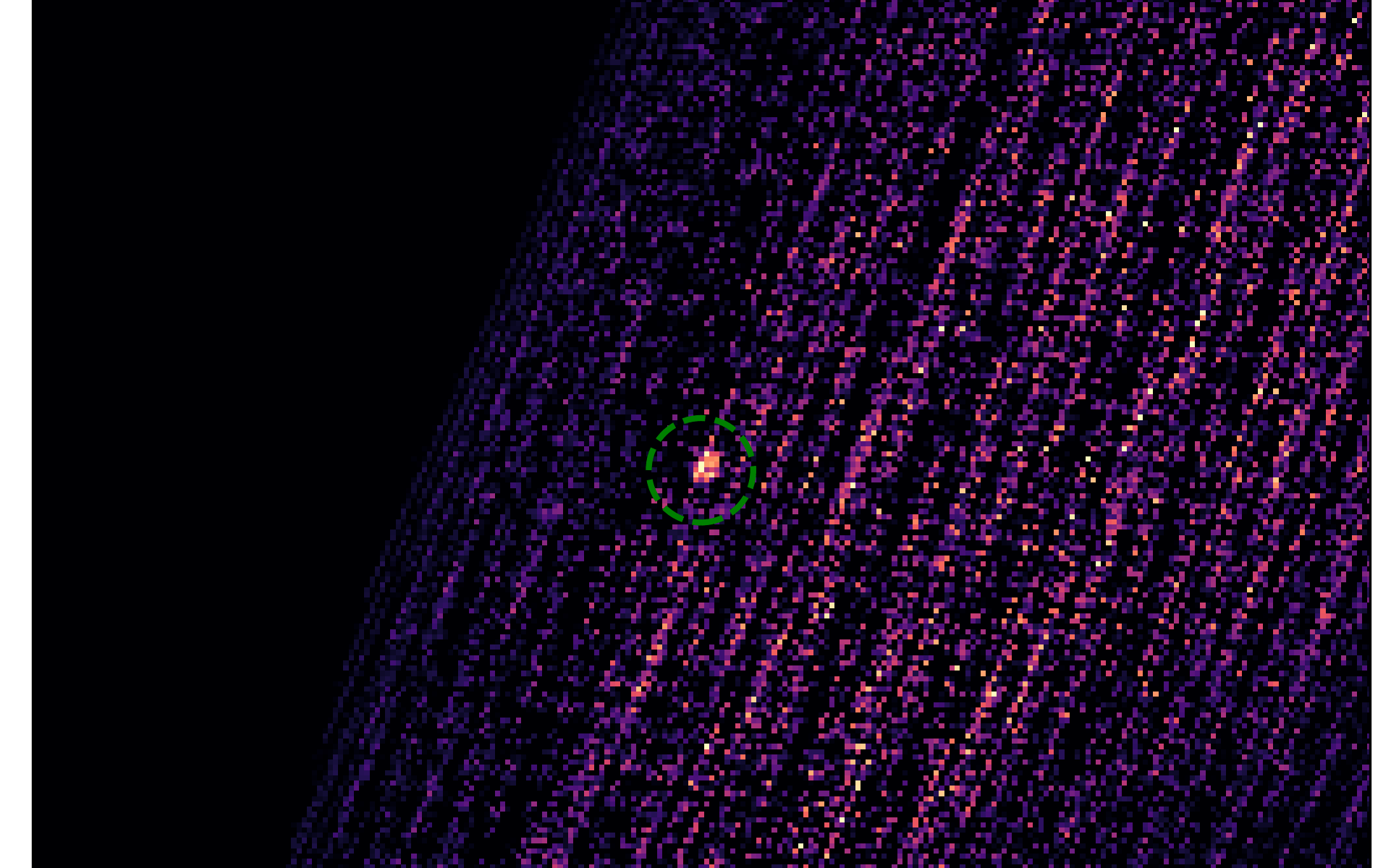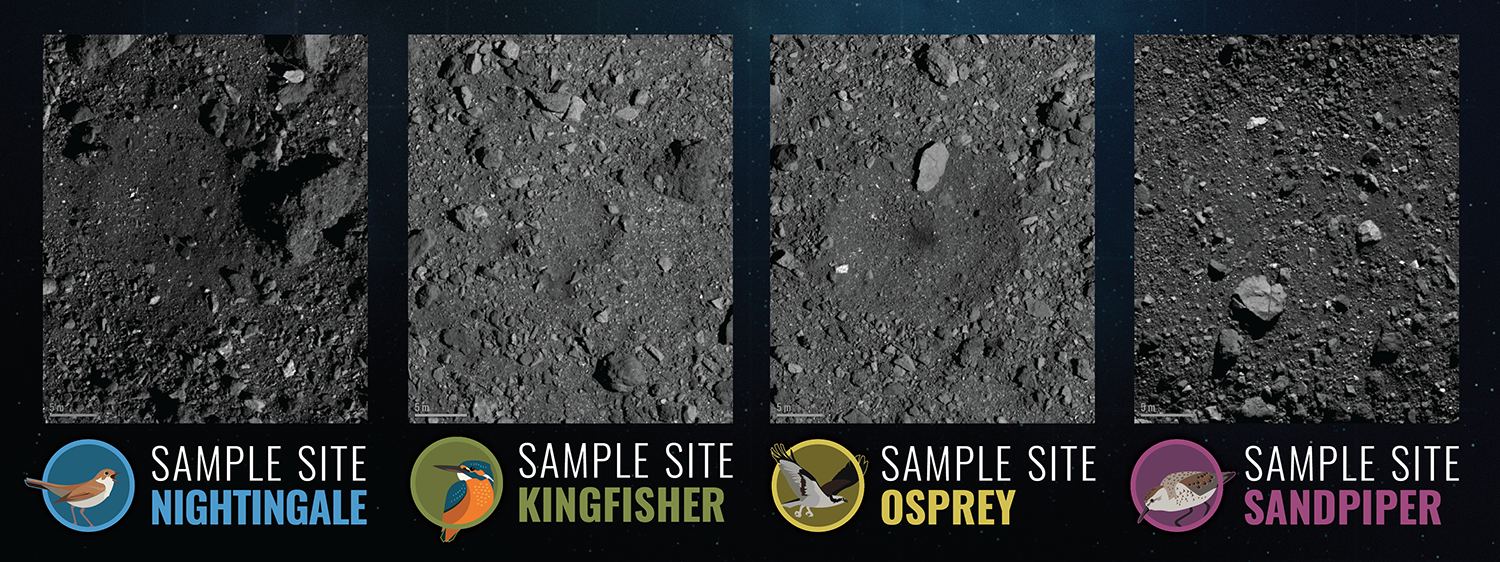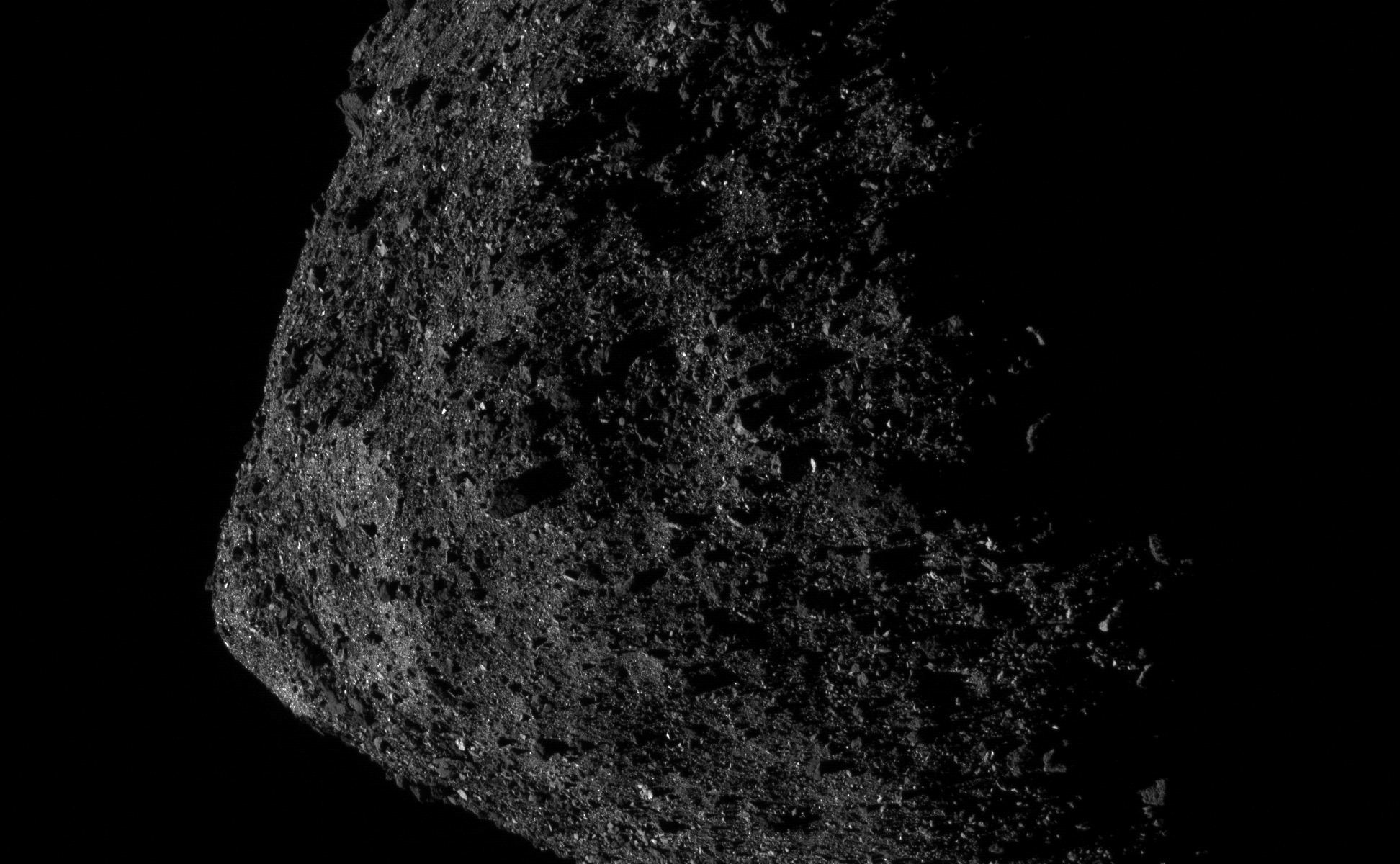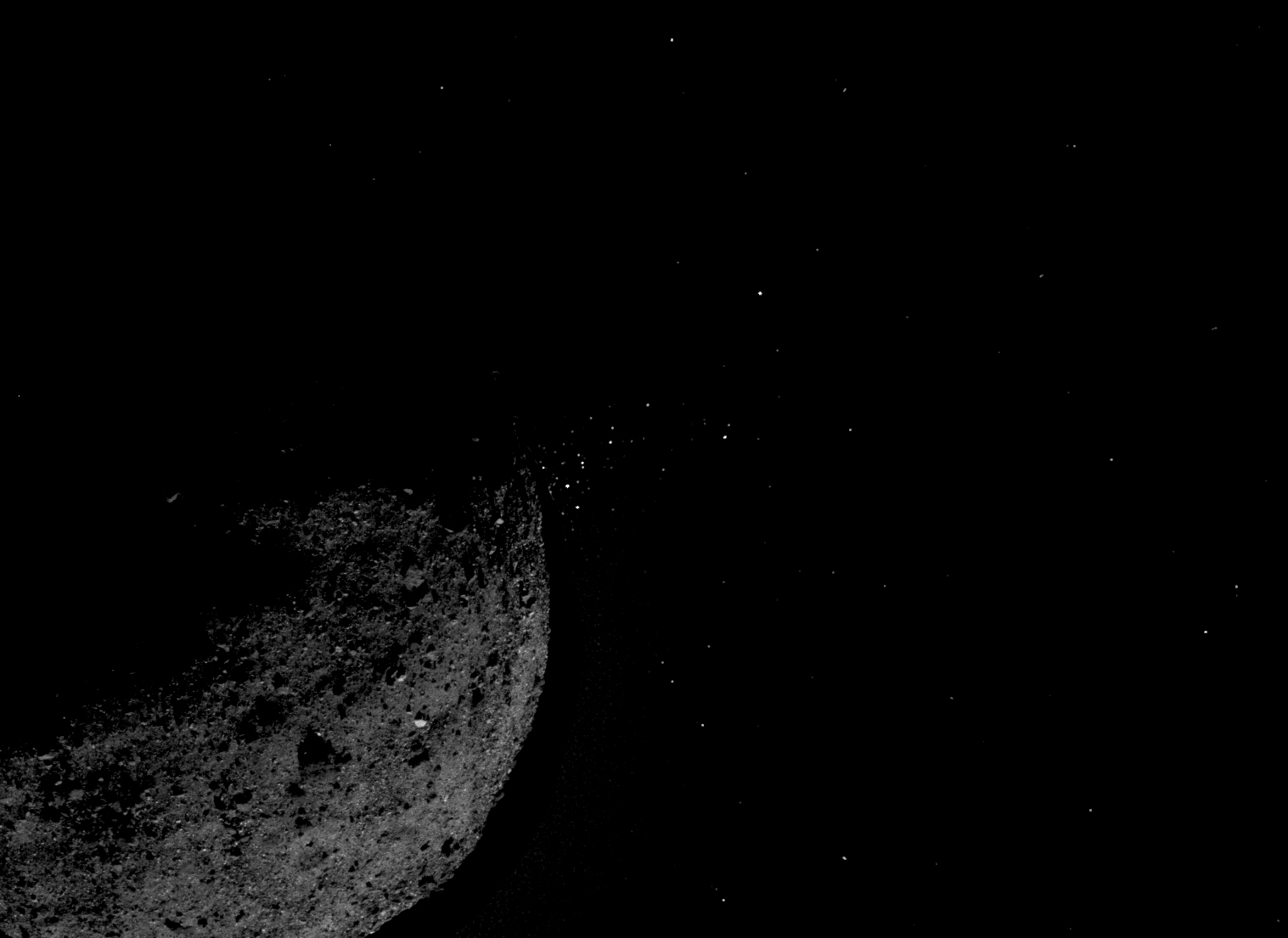The OSIRIS-REx team decided to delay the spacecraft’s departure from asteroid Bennu for two months. The departure window opens in March 2021, and the original plan had OSIRIS-REx setting course for Earth on March 3, to bring home the asteroid samples it collected last October.
Now, a revised timeline has the spacecraft leaving Bennu on May 10, 2021. This won’t affect the target delivery data of September of 2023, but it will allow for more observations of the asteroid.
Continue reading “OSIRIS-REx is Heading for Home in May”

